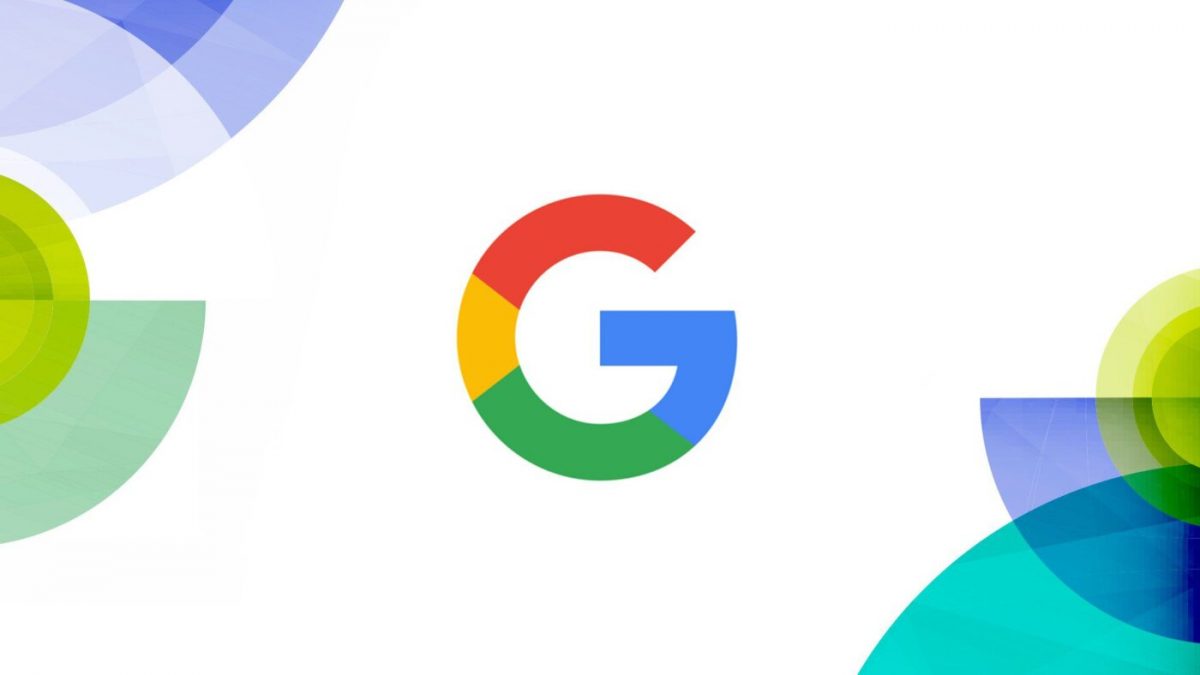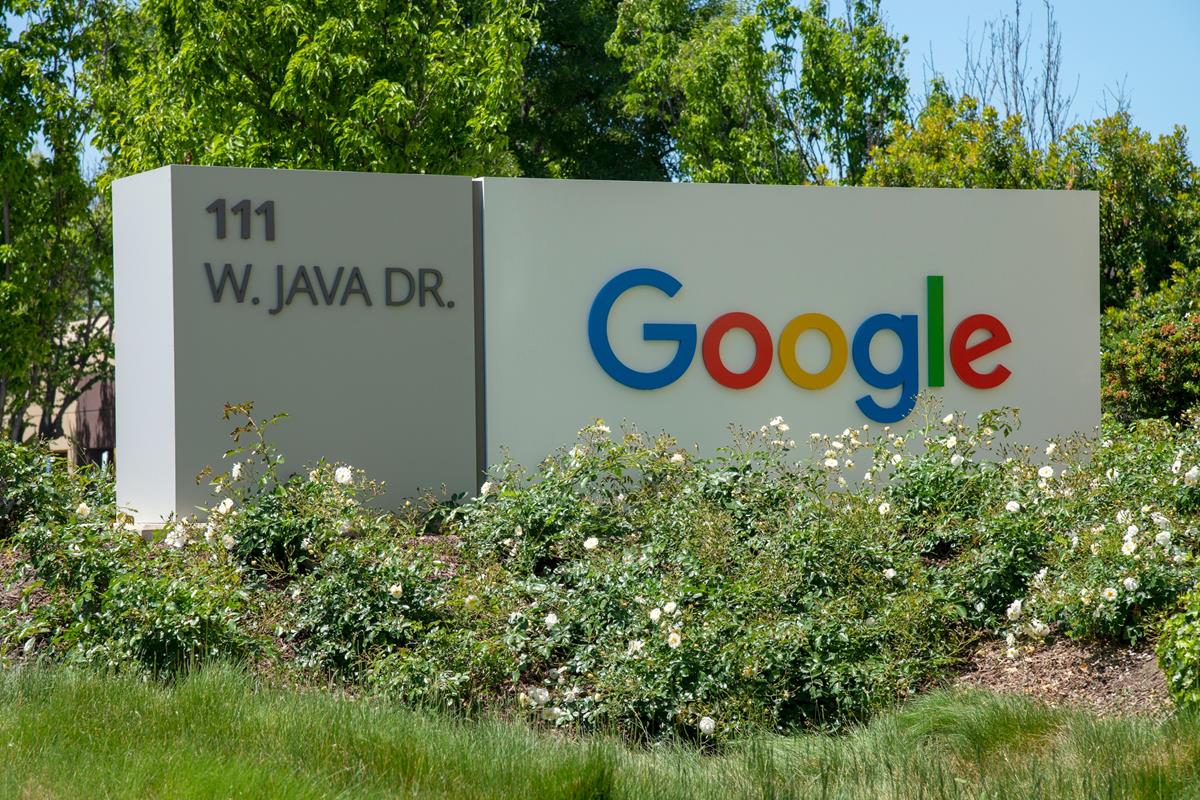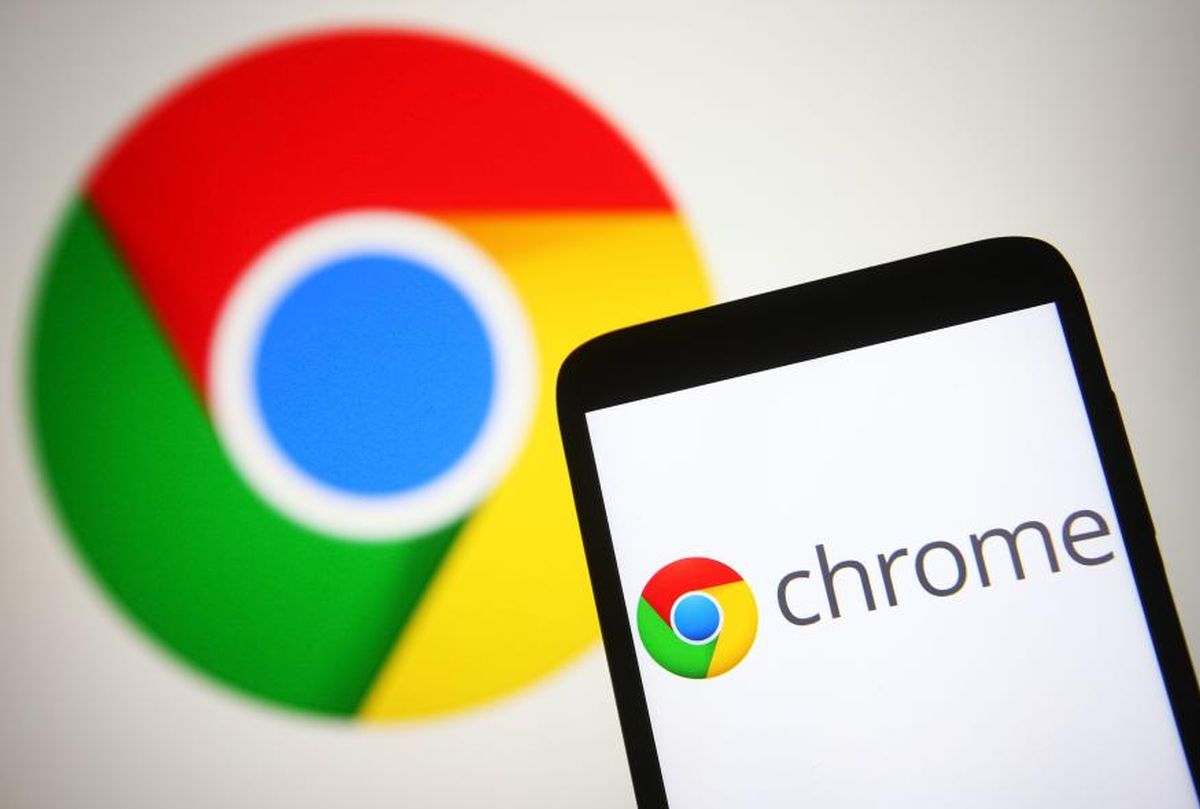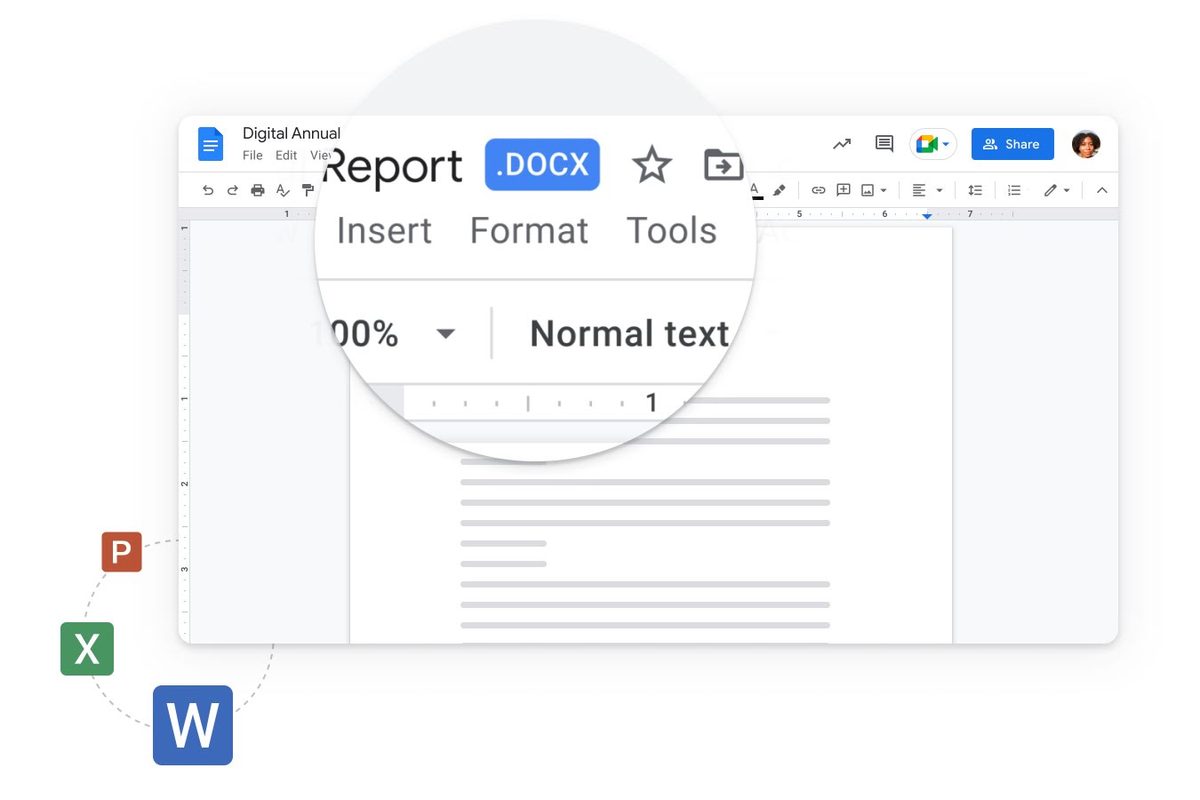Google Divides AR Division into Hardware and Ecosystem Teams, According to Reports
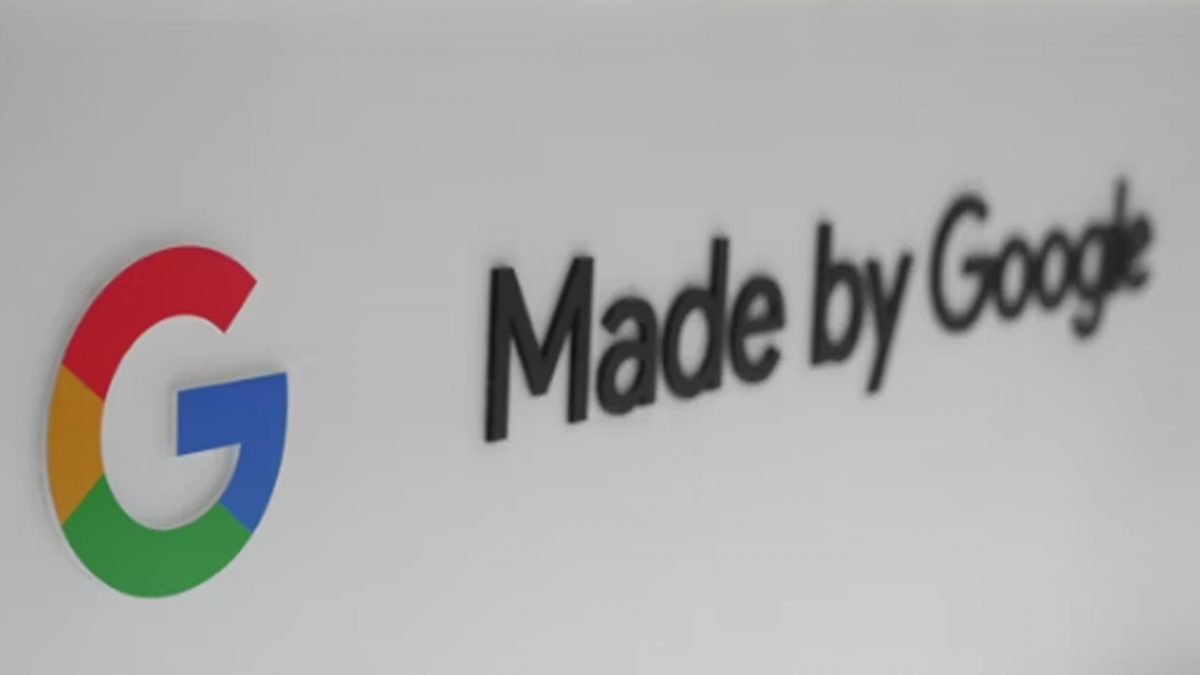
Despite some setbacks in achieving a first-party headset, Google remains committed to exploring this area. However, with competitors like Oculus Quests and Microsoft HoloLenses gaining market share, the company has had to restructure and focus on updated goals. Rumors suggest that Google is pursuing a new two-pronged approach to augmented reality.

According to a source who provided information to 9to5Google, Google's AR division will be restructured into two teams: Platforms & Ecosystems and Devices & Services. The Devices & Services team, headed by Rick Osterloh, has achieved success with the creation of original consumer hardware under the Pixel and Nest brands. This team is also collaborating with some acquired talents from North on an AR eyewear project, which is expected to draw comparisons to Google Glass, a similar product developed by Google around a decade ago.
The decision to split the AR division into Platforms & Ecosystems is aligned with Google's recent partnership with Samsung to collaborate on extended reality headsets powered by Android. This move is similar to how the company distributes its other operating systems to manufacturers for use in various devices such as TVs, phones, Chromebooks, and smartwatches. The Platforms & Ecosystems team will be led by Hiroshi Lockheimer.
This reported restructuring of the AR division comes after Google VP Clay Bavor's departure announcement. Bavor was responsible for Google Labs and oversaw various projects, including the augmented reality-focused Project Starline videoconferencing solution and the moonshot incubator Area 120. Following his departure, Bavor will collaborate with Bret Taylor, former co-CEO of Salesforce and former CTO at Meta, on an AI startup. The remaining projects of Area 120 have been repositioned to focus on the applied use of AI.
Related: Google employees criticize Bard’s botched announcement
The restructuring of the AR division suggests that Google is committed to continuing its augmented reality projects, but the split-up also indicates that the company is becoming more focused on monetization. While Google is working on 'ski goggles,' the company is not solely interested in headsets, as it aims to adapt its services for use in extended reality environments. Nevertheless, it remains to be seen whether Google's renewed focus on AR can compete with advanced competition and avoid the negative associations that arose from its past experience with Google Glass.
